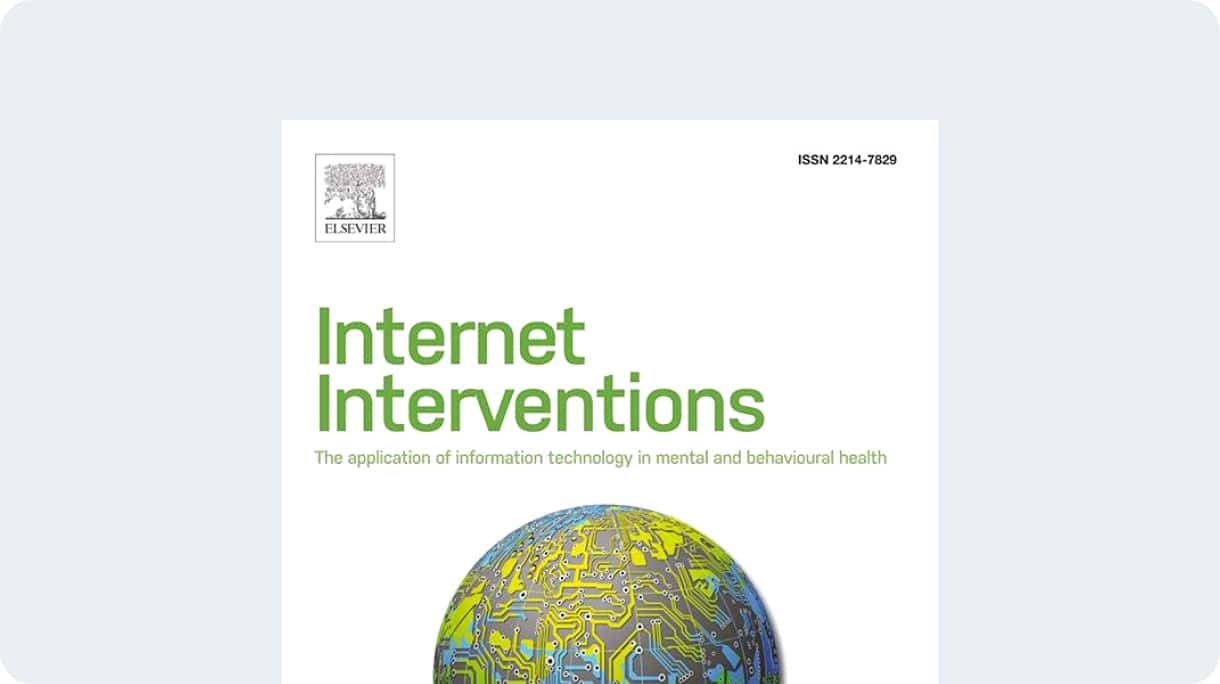Component analysis of a synchronous and asynchronous blended care CBT intervention for symptoms of depression and anxiety: Pragmatic retrospective study




Abstract
Background
Depression and anxiety are leading causes of disability worldwide. Though effective treatments exist, depression and anxiety remain undertreated. Blended care psychotherapy, combining the scalability of online interventions with the personalization and engagement of a live therapist, is a promising approach for increasing access to evidence-based care.
Objectives
To evaluate the effectiveness and individual contribution of two components - i) digital tools and ii) video-based therapist-led sessions - in a blended care CBT-based intervention under real world conditions.
Methods
A retrospective cohort design was used to analyze N = 1372 US-based individuals who enrolled in blended care psychotherapy. Of these, at baseline, 761 participants had depression symptoms in the clinical range (based on PHQ-9), and 1254 had anxiety symptoms in the clinical range (based on GAD-7). Participants had access to the program as a mental health benefit offered by their employer. The CBT-based blended care psychotherapy program consisted of regular video sessions with therapists, complemented by digital lessons and digital exercises assigned by the clinician and completed in between sessions. Depression and anxiety levels and clients' treatment engagement were tracked throughout treatment. A 3-level individual growth curve model incorporating time-varying covariates was utilized to examine symptom trajectories of PHQ-9 scores (for those with clinical range of depression at baseline) and GAD-7 scores (for those with clinical range of anxiety at baseline).
Results
On average, individuals exhibited a significant decline in depression and anxiety symptoms during the initial weeks of treatment (P < .001), and a continued decline over subsequent weeks at a slower rate (P < .001). Engaging in a therapy session in a week was associated with lower GAD-7 (b = −0.81) and PHQ-9 (b = −1.01) scores in the same week, as well as lower GAD-7 (b = −0.58) and PHQ-9 (b = −0.58) scores the following week (all P < .01). Similarly, engaging with digital lessons was independently associated with lower GAD-7 (b = −0.19) and PHQ-9 (b = −0.18) scores during the same week, and lower GAD-7 (b = −0.25) and PHQ-9 (b = −0.27) the following week (all P < .01).
Conclusions
Therapist-led video sessions and digital lessons had separate contributions to improvements in symptoms of depression and anxiety over the course of treatment. Future research should investigate whether clients' characteristics are related to differential effects of therapist-led and digital components of care.

